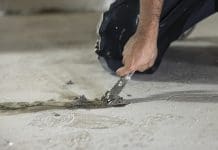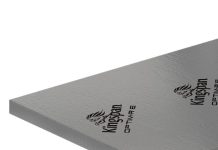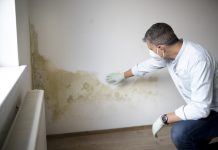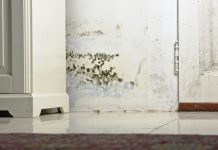Whether your project is large or small, getting the structural waterproofing right is an absolute must
Whether you are a large commercial contractor who tenders for multimillion pound contracts or a contractor building a new house for a private customer, it is essential the waterproofing elements of your project are given just as much consideration as the foundations your building sits on or the type of walls needed to support the roof. A failure of the waterproofing system can be damaging and costly.
In our experience, the main cause of system failure is when the waterproofing specification has been added as a later requirement, rather than being designed with the project. This can be for various reasons: the building may have had a design change and is now partially below ground, the architect may have provided a basic specification to be awarded as a contractor design portion or potentially there may have been some confusion at design stage because the building was not considered below ground initially but has elements that are more than 500mm below ground, such as lift shafts and stairwells.
The risk associated with not considering the waterproofing at an early stage is ensuring continuity through the below ground areas. Areas of incomplete waterproofing will potentially allow water to ingress the area, defeating the purpose of the system and leading to costly remedial measures.
Another example of the failures we come across is where the designer or installer has not sealed the waterproofing to the damp proof course. This may allow rainwater to track below the DPC but above the external waterproofing.
So how do you prevent waterproofing failures?
We would always recommend engaging a waterproofing design specialist, who will consider, among other things:
The history of the building
• Has the building had waterproofing works carried out previously?
• Has the building flooded in the past?
• Is there evidence of water ingress or salt contamination?
Ground conditions
• Where is the water table? Will our system offer protection if this changes?
• What is the ground make-up?
• How can we futureproof the building?
Environment Grade – BS8102:2009
• Is Grade 1, 2, or 3 applicable as defined in BS8102:2009?
• How can we achieve this Grade?
• Is atmospheric moisture a potential issue?
Systems for consideration
• Is a Type A, B or C system going to offer the best protection?
• Is a dual system required? The answer is normally yes.
A waterproofing design specialist could be an independent consultant or a below ground waterproofing contractor with CSSW-qualified surveyors who can design the system.
Contracting a specialist to design and oversee the works not only ensures that one party is responsible for the waterproofing element, rather than four or five, but also that the specification is produced to give best protection to the building. Suppliers generally only design the system using their own products; a design specialist will pick the products that best reflect the conditions onsite. They will ensure the waterproofing products are suitable for the construction type and site conditions, and that they are compatible with the other building products in the immediate area.
Having a specialist involved at the initial design meetings ensures that your waterproofing system is incorporated in the architects’ and engineers’ drawings from the onset, rather than being an afterthought. This should ensure an effective installation, delivering your project on time and budget, while also – ensuring costly variation and last-minute design changes are minimised, if not removed, from your project.
Peter Cox Ltd
Tel: 0808 1208737
Please note: this is a commercial profile.
















